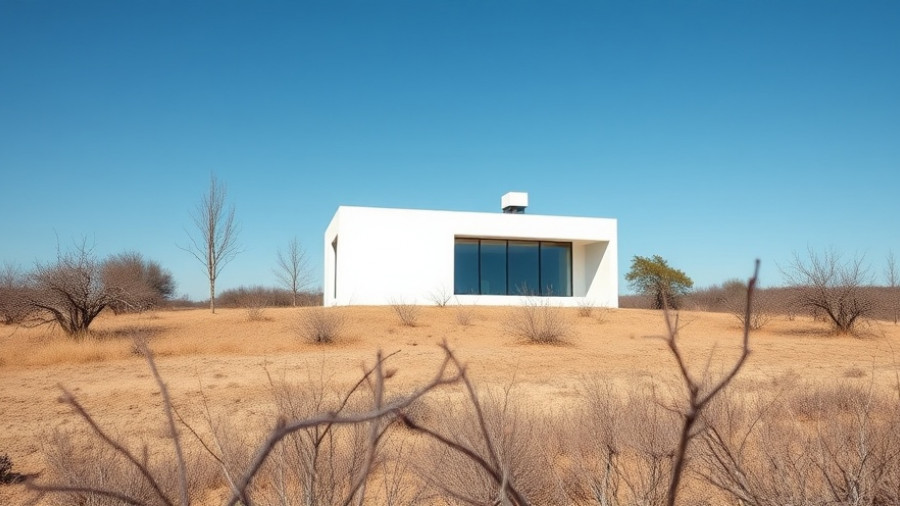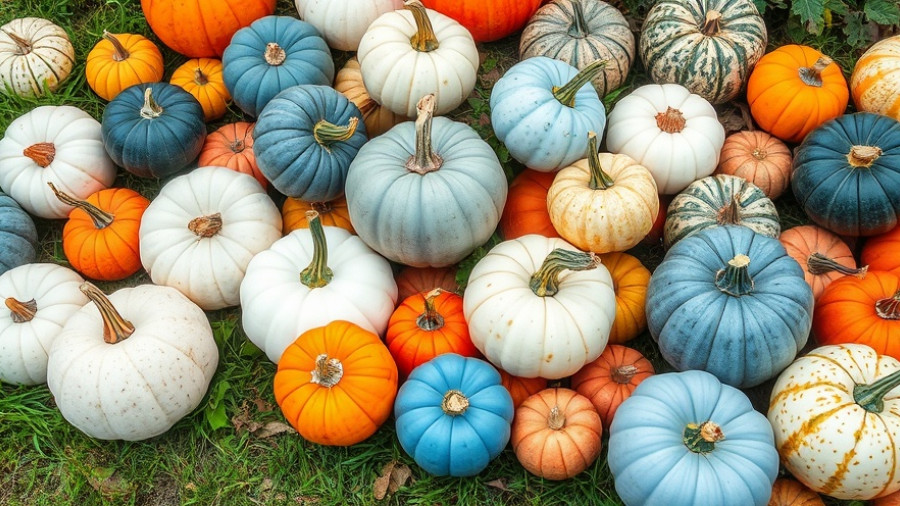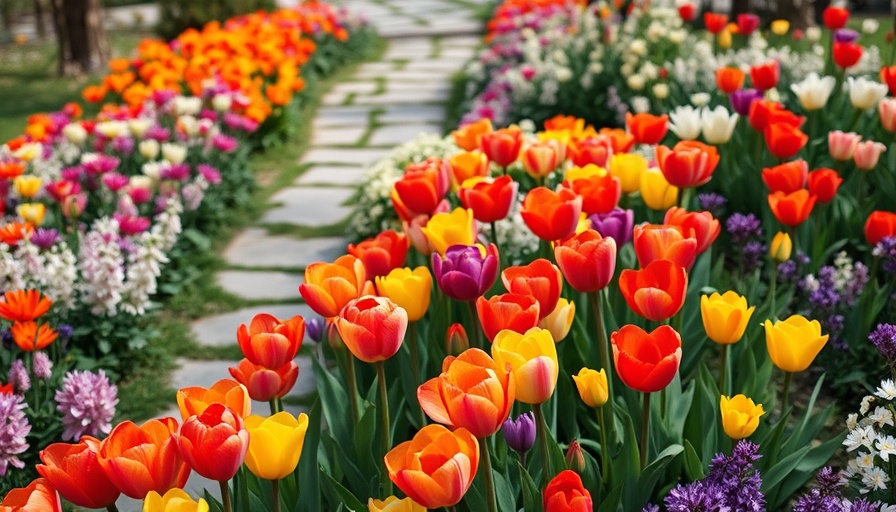
Discovering the Beauty of Blue Cardinal Flower
The blue cardinal flower, known scientifically as Lobelia siphilitica, is more than just a stunning addition to your garden; it serves as a vital resource for pollinators. This native perennial stands tall and proud, reaching heights of up to four feet, offering vibrant blue spires that bloom for weeks during the late summer months. Beyond its beauty, it thrives in various habitats, from rain gardens and damp meadows to shaded borders, making it a versatile choice for gardeners across eastern North America.
Why Plant Blue Cardinal Flowers?
As the demand for pollinator-friendly gardens grows, incorporating the blue cardinal flower becomes a smart choice for both aesthetic and ecological reasons. This flower supports a wide range of native bees, butterflies, and hummingbirds, making it a crucial contributor to biodiversity. Native plants like the blue cardinal flower are naturally adapted to local conditions, which means less maintenance for the gardener, especially when it comes to watering and pest management.
Growing Conditions and Care Tips
Successfully cultivating blue cardinal flowers requires an understanding of their specific environmental needs. They thrive in rich, moist soil, ideally found at the edges of ponds or in rain gardens where water is abundant. For optimal growth, ensure the soil remains consistently moist and enriched with organic matter. In contrast to their red counterparts, blue cardinal flowers prefer partial shade, particularly in regions with hot summer temperatures. Paying attention to these little details ensures a flourishing garden and reinforces the importance of native species.
Common Misconceptions About Blue Cardinal Flowers
One prevalent misconception is that all flowering plants will thrive in similar conditions. While many flowers enjoy full sun, blue cardinal flowers flourish best in semi-shade, especially in hotter climates. This highlights the necessity of understanding each plant's particular requirements to develop a thriving garden that welcomes native wildlife. Additionally, it's a myth that these flowers are invasive; instead, they often self-seed gently, allowing them to maintain their presence in a controlled manner.
Planting the Blue Cardinal Flower: Step-by-Step Guide
1. **Selecting a Location:** Choose a spot with partial shade or dappled sunlight. This will help the plants maintain suitable moisture levels during the growing season.
2. **Soil Preparation:** Enrich your soil with compost to improve drainage and retain moisture. This provides an ideal growing medium.
3. **Planting:** Spring is the best time to plant seedlings or seeds. Space your plants about 18 inches apart to allow for their mature size.
4. **Watering:** Ensure consistent moisture but avoid over-watering, which can lead to fungal problems. Keep an eye on the plants, especially during periods of heat.
5. **Pruning and Maintenance:** Remove spent flowers regularly to encourage new growth and maintain the plant's appearance.
Enjoying the Rich Tapestry of Your Garden
By integrating the blue cardinal flower into your garden, you are not only enhancing its visual appeal but also supporting critical local ecosystems. As these plants attract a variety of pollinators, you'll find your outdoor space buzzing with life. This connection between your gardening practices and environmental stewardship serves to remind us that our actions have a lasting impact.
Final Thoughts
Gardeners today are more aware of their ecological footprints than ever before, and the blue cardinal flower stands out as a model of sustainable beauty. As you nurture your plants and witness their dazzling blooms, consider expanding your garden with other native perennial species that share similar growing needs. This not only supports local biodiversity but also creates a rich tapestry of colors and textures for every season.
To further enhance your gardening journey and attract local wildlife, explore additional resources and guides on incorporating native plants into your landscape. Embrace the beauty and benefits of going native, and watch your garden flourish!
 Add Row
Add Row  Add
Add 




Write A Comment